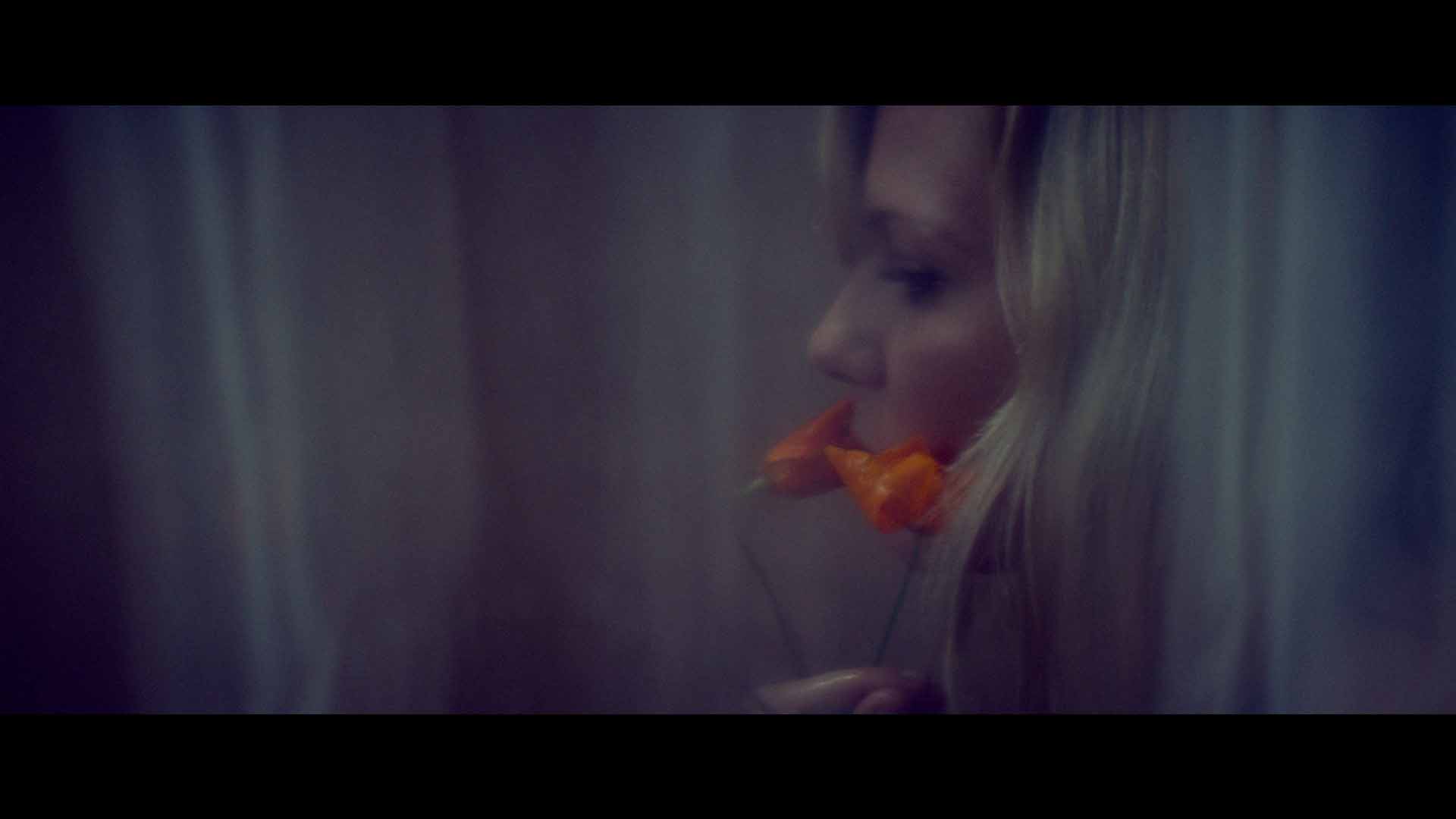Those familiar with Kate and Laura Mulleavy do not just view the sisters behind Rodarte as one of America’s top fashion designers – they also recognize them as bona fide cinephiles to the extent that the prestigious Criterion Collection once invited them to create their own Top 10 list. The Mulleavys also brought their fashion sensibility to the silver screen when they created the ballet costumes for Darren Aronofsky’s award-winning Black Swan in 2010.
They are now making their directorial debut with Woodshock, starring Kirsten Dunst, their friend and muse, alongside Joe Cole and Pilou Asbæk in a story that explores isolation, paranoia and grief.
We checked in with Kate and Laura, as well as Woodshock’s costume designer Christie Wittenborn, to talk movies, Woodshock and fashion and film.
Kate and Laura, you are both known to be “movie buffs.” Name your favorite three movies and what you love about each.
The Wizard of OZ: The Wizard of Oz is one of our favorite films since childhood. It is a great example of how technology in film (Technicolor) affected the story. The iconic ruby red slippers, which are made famous by their vivid and bold introduction, are actually silver in the book. Given that Technicolor was a new advancement in cinema, this important change was made.
3 Women: Sissy Spacek as Pinky Rose, Shelley Duvall as Millie Lammoreaux, and Janice Rule as Willy Hart, in combination with the California desert and Bodhi Wind’s murals, make for iconic cinematic imagery and narrative. Strange and wondrous . . . these characters intermingle almost like a dream . . . Millie unpacking her groceries and narrating it to herself . . . Pinky dressed in her many nightgowns, longing to be anyone but herself . . . and Willy, desolate, standing amid her pastel, surrealistic murals. Each viewing leads to a new fondness for Altman’s boundless understanding of the cinematic art form.
Women Under the Influence: Women Under the Influence captures such an authentic, subversive, and dynamic performance by Gena Rowlands. She is one of the greats and continually inspires us!
How did these movies influence, if at all, your approach to directing Woodshock?
All of these films partner strong female performances with visual storytelling – allowing for the full cinematic experience to flourish.
What was your mandate working on costuming Woodshock?
The costumes needed to reflect the interior mental state of Theresa. This was the starting point for the entire film, as the story is told through her experience and viewpoint.
How does Kirsten Dunst’s character come out in the clothes?
We used textures and color to reflect Theresa’s moods. Sometimes a key costume would subtly change depending on Theresa’s internal psychology or emotional state. The mother’s slip evolved through the story just as her sequin striped dress; both appeared in different fabrications, colors, and states of decay. The slips were hand-painted and aged.
What is your general philosophy for the film’s costume design?
To create costumes that help bring to life the characters and the story. That is always the starting point.
Christie, what is your general philosophy as a costume designer?
To be true to the characters in order to bring the characters to life within the story.
How was the experience of working with directors who are also fashion designers?
As fashion designers, it’s a skill set that translates, a deep consideration of theme. There’s an esthetic, artistry and an attention to detail. The way color, light and shape influence an image. It all translates to film.
What did you learn from the experience?
One thing I learned from this experience is a deeper appreciation for Humboldt County. I think Kate and Laura captured its true beauty.



